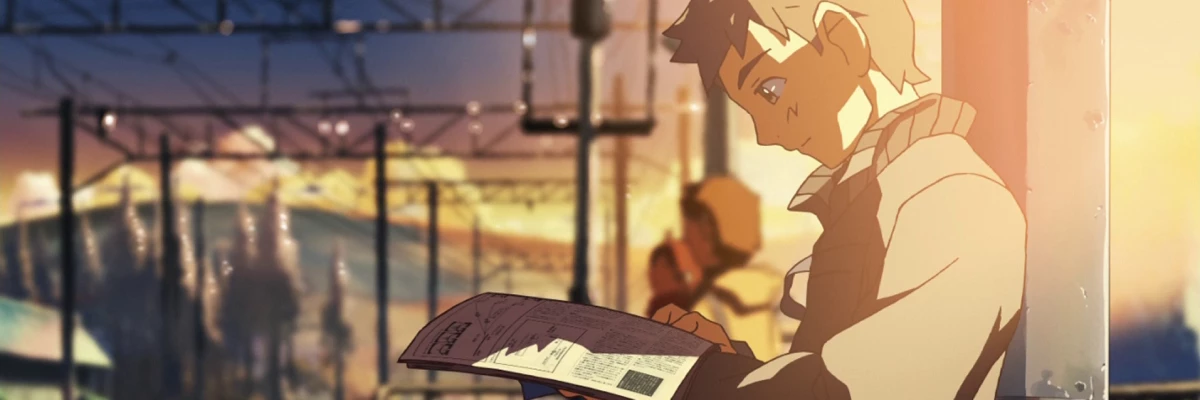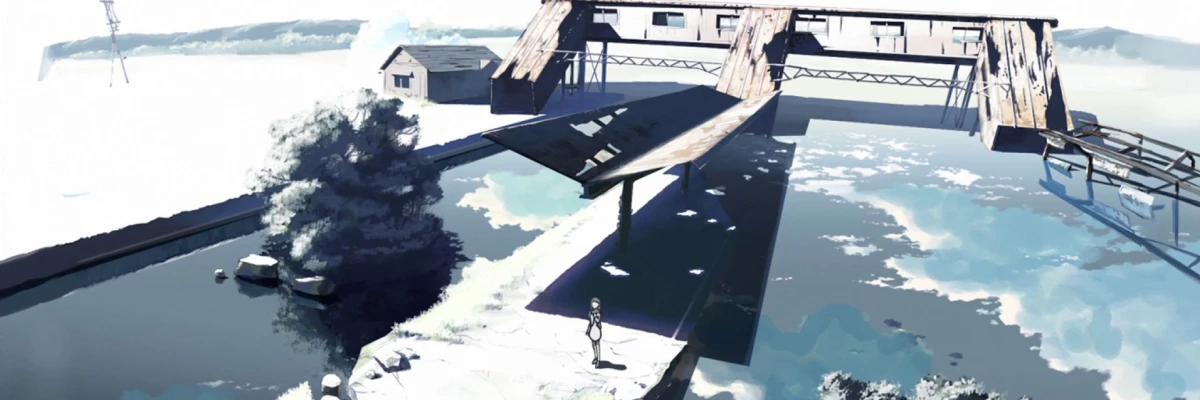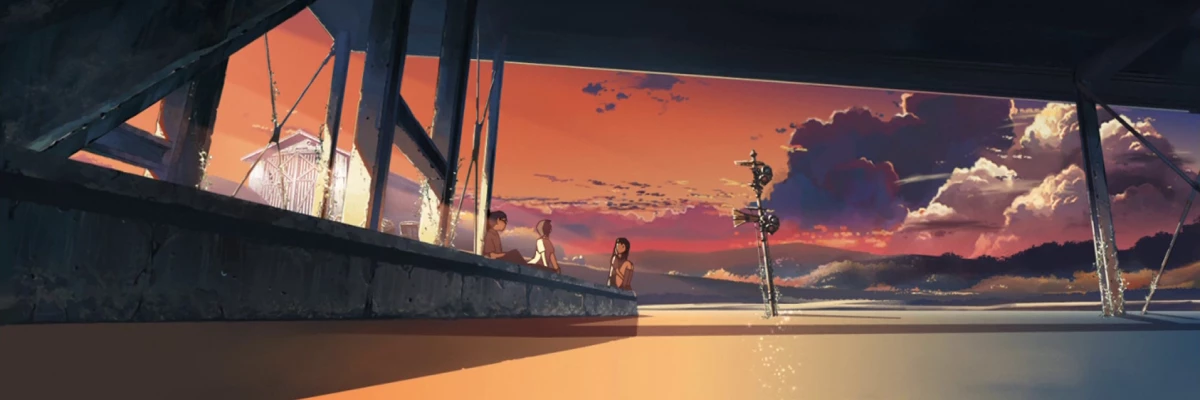The Place Promised in Our Early Days
Movie details

Ten years ago Makoto Shinkai was making a name for himself with his DIY animes. The Place Promised in Our Early Days [Kumo no Muko, Yakusoku no Basho] was his first feature film, a prestigious project that faced some very stiff competition upon its release. Somewhat surprisingly it rose above many of its peers, ending up as one of the top animes of 2004, a notoriously great year for Japanese animation. And just like that Shinkai had launched himself as one of the top Japanese animation directors.

Instead of facing the challenge alone (as he did with Hoshi no Koe), Shinkai gathered a small team of trusted animators around him to be able to finish The Place Promised in Our Early Days on time. It's one thing to finish a 30-minute short on your own, making a 90-minute feature film when people's expectations are towering above you is something else entirely. Still, looking at the result, it's nothing short of a miracle Shinkai was able to release such an impressively detailed film with such a limited crew.
A long time had passed since I last watched The Place Promised in Our Early Days and I must say I was kind of surprised to see how much science there was. I remembered the film as a rosy fantasy/romance, but there's quite a lot of tech talk about alternate universes and building planes. We're not talking Oshii-level sci-fi/philosophy talk here, but if you're averse to sci-fi stuff in general it might end up in your way of fully enjoying the film.
That said, there's still plenty of typical Shinkai romance and fantasy left to please his hardcore fans. The story follows Hiroki and Takuya, two young boys sharing a common dream. During their school breaks, they work long hours in a factory, and the money they earn is then spent on building a plane. Their ultimate goal is to fly the plane to a mysterious tower that can connect them to alternative universes. When they meet up with Sayuri their dream finally seems within their grasp, but when she drifts off into an endless sleep Hiroki and Takuya abandon their dream and each go their own way.

The Place Promised in Our Early Days is visually astounding, something you might not immediately expect from a film created by such a small production team. The only area where the limited size of Shinkai's crew is noticeable is the character design, which is quite basic and stylized, especially when characters are far away from the camera. It doesn't look bad or even out of place, but it's a shortcut for Shinkai and his men, giving them more time to work on the magnificent color gradients and elaborately detailed settings. The former in particular is what gives Shinkai's film its distinct visual impression, setting it apart from other popular anime styles. Shinkai also loves to play around with various light sources, something that only adds to the already rich color palette. The result is a lush and abundantly beautiful-looking film that still holds its own today.
The soundtrack is more traditional as if scored for a typical Japanese drama. It's not bad, quite light and warm and well-equipped to underline the film's romantic and dramatic feel. There's a slight disconnect with the more sci-fi-oriented moments and at times it can be a bit too sentimental, then there's also the J-Pop track that will probably ruin the ending for some. But all in all, it's not a bad soundtrack, just not as great as the rest of the film. The dub on the other hand is more than adequate, adding a slightly dreamy and idyllic vibe to the early scenes. There's also an English dub available, but as always it should best be avoided as it simply destroys a big part of the film's atmosphere.

When The Place Promised in Our Early Days approaches its finale, romance, sci-fi, and fantasy are so intertwined that it can only be described as thoroughly anime-like. If you're not used to inflated anime plot lines it might be a bit much to take in on your first viewing, though underneath all the extra complexity lies a simple, typical Shinkai story about love and loss that fuels the basic atmosphere of the film. The finale itself is gratifying enough, aptly combining a tiny bit of action with more dreamy emotions and reflections.
For a 10-year-old animated film, The Place Promised in Our Early Days still looks and feels remarkably fresh. Visually the film has hardly aged a bit, the convoluted plot still manages to intrigue, and while Shinkai combines some seemingly polar elements, the film never feels forced or disjointed. It's not Shinkai's best, but for a first feature film, made with such a small team, it's a majestic effort that still stands as one of the greater and more unique anime fantasies to date.